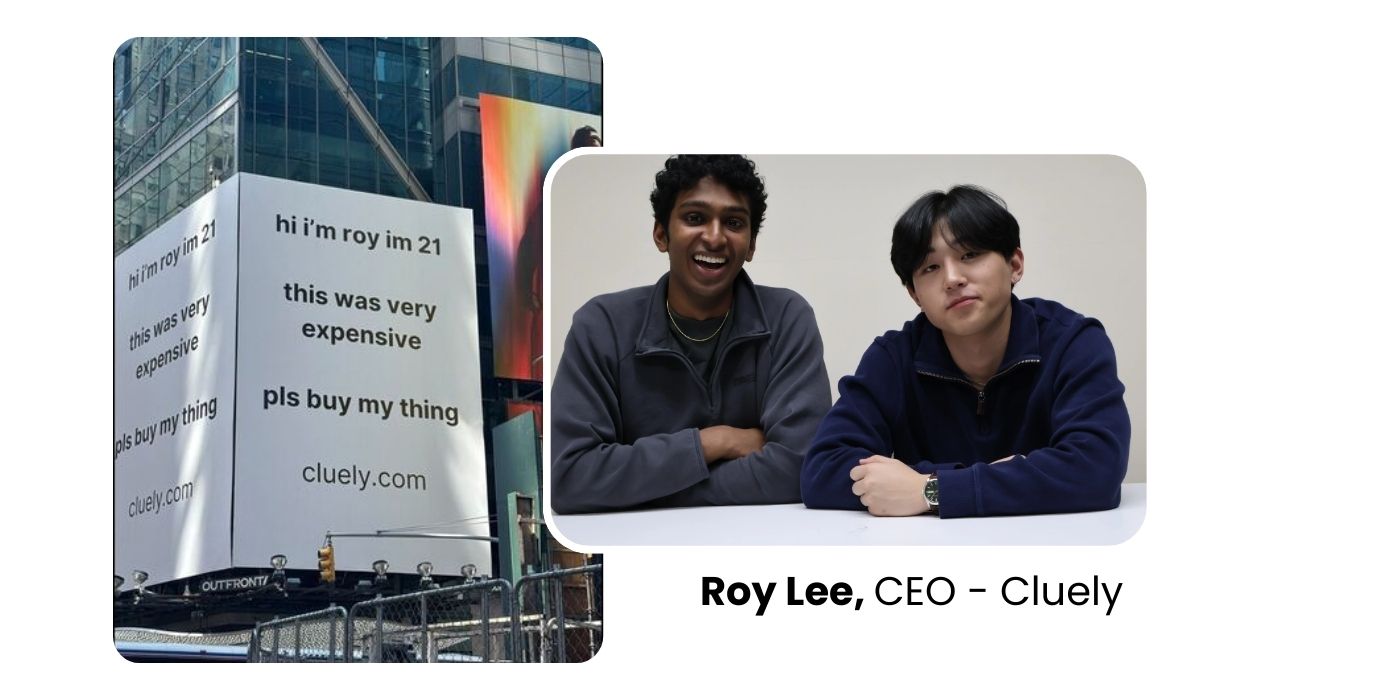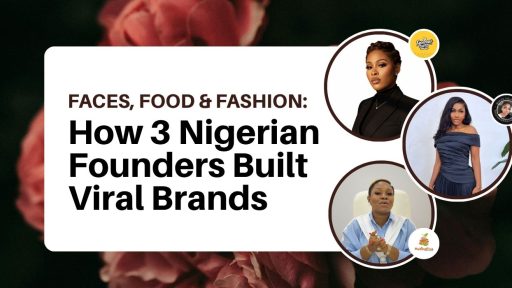Listen to the audio version of this article (summarised by OwO GPT)
Imagine scrolling through Twitter and seeing everyone talk about… a billboard?
That’s exactly what happened when Bayomi pulled off one of the wildest guerrilla marketing stunts.
In a new world where digital marketing budgets get thrown at Meta ads and influencer partnerships, sometimes the most analog approach creates the biggest online buzz.
This is how one Nigerian tech content creator turned his entire savings account into a conversation starter that had the whole Naija Twitter debating his marketing strategy.

August 10th, Lagos. Rush hour traffic on Third Mainland Bridge – one of Africa’s busiest roads with over 200,000 vehicles passing daily. Thousands of commuters expecting the usual Coca-Cola or MTN ads suddenly see this:
A bright red billboard. No fancy graphics. Just text:
“Hi, I’m Bayomi. I used my savings to put this up. Please follow me and engage my content @semudaraabayomi.”
That’s it. No website. No QR code. No call-to-action beyond “follow me.” Just a guy asking for follows with his entire bank account.
Bayomi, a Nigerian tech storyteller, had been creating content in the crowded digital space for months. But instead of another sponsored post or Twitter ad, he decided to go physical – and personal. Well, Everyone Lost Their Minds
Within hours, Nigerian Twitter was on fire. Screenshots of the billboard flooded timelines. The original post hit 1.7 million views and everyone had something to say:
- Team Genius said: This is marketing gold! Simple, bold, memorable! The marketing team cooked with this one.
- Team Disaster said: Terrible idea for a highway billboard. Who’s gonna remember that handle while driving 100km/h in Lagos traffic? Too much text, impossible to recall.
- Team QR Code: Should’ve added a QR code for easy ad engagement!
- Counter-argument replied: Bro, you want people scanning codes while driving in Lagos? Have you seen Third Mainland traffic? That’s how accidents happen.
The debates were endless. Marketing professionals quoted the tweet with hot takes.
Students screenshotted it for case studies.
Even people who’d never heard of Bayomi were arguing about whether it was brilliant or bonkers.
The Real Results
Sure, we don’t know exactly how many drivers pulled over to follow him (probably not many – it’s Lagos traffic, after all).
But here’s what we DO know:
- 1.7 million people saw the tweet about the billboard
- Thousands of comments, retweets, and analytical threads
- His follower count jumped significantly within 48 hours
- His content engagement spiked across all platforms
- Multiple Nigerian media outlets picked up the story
The billboard wasn’t just an ad – it became the content itself.
The photo got more eyeballs than the physical billboard ever could.
The Psychology Behind the Stunt
What made this work wasn’t just the boldness – it was the psychology:
- Vulnerability sells: “I used my savings” immediately creates an emotional connection. It’s not a faceless brand with unlimited budget; it’s a real person taking a real risk.
- Simplicity stands out: In a world of complex marketing funnels and multi-touch attribution, a simple “please follow me” felt refreshingly honest.
- Controversy creates conversation: The moment people started debating whether it was smart or stupid, the campaign had already won. Engagement is engagement.
- Offline amplifies online: Physical billboards feel permanent and expensive, making the digital conversation feel more significant.
Plot Twist: He Wasn’t the First
Just when everyone thought Bayomi invented billboard marketing, someone dug up another example.
Remember Roy, the 21-year-old CEO of Cluely?
He pulled a similar stunt with his own billboard:

Same energy, different execution. Roy’s version was more direct about selling something, while Bayomi focused purely on building an audience.
Both took huge financial risks for attention – and both got people talking.
What This Means for Marketers
This isn’t just a cute story – it’s a masterclass in modern attention economics:
- Controversy is currency: If your campaign doesn’t make some people say “that’s stupid,” it might not be memorable enough.
- Personal beats corporate: Individual stories with real stakes create stronger emotional connections than brand campaigns.
- Physical amplifies digital: In our screen-saturated world, real-world marketing can feel more impactful and shareable.
- Context is everything: This worked because it happened in Lagos – a city where billboards are expensive, traffic is notorious, and Twitter is a major cultural force.
The Takeaway
Bayomi took a massive risk.
We’re talking life savings here – that’s rent money, food money, everything. But sometimes the craziest moves create the biggest conversations.
In 2025, getting people to stop scrolling is harder than ever. Every platform is fighting for attention. Every creator is optimizing for algorithms. But getting them to screenshot your billboard and debate it for days?
That’s marketing magic.
The lesson isn’t “go buy a billboard” – most people can’t afford that risk. The lesson is that authentic vulnerability, combined with strategic boldness, can cut through digital noise in ways that traditional online marketing can’t.




